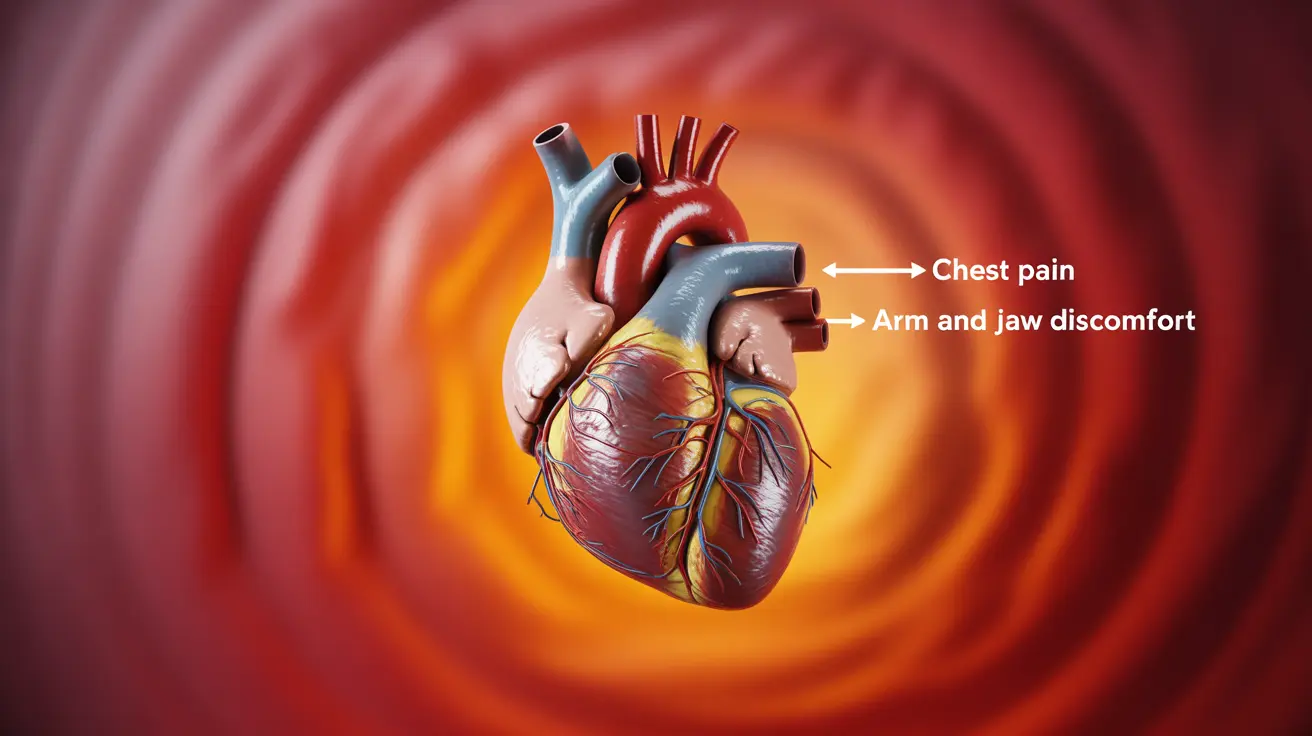Experiencing hip pain after squats can be both frustrating and concerning, especially if you're committed to maintaining an active lifestyle or strength training routine. This common fitness challenge affects many individuals, from casual gym-goers to dedicated athletes, and understanding its causes is crucial for finding effective solutions.
Whether you're dealing with occasional discomfort or persistent pain, this comprehensive guide will help you identify the root causes of hip pain after squats and provide practical strategies for prevention and treatment.
Common Causes of Hip Pain When Squatting
Hip pain after squats can stem from various factors, ranging from technique issues to underlying medical conditions:
Muscle Imbalances and Weakness
When certain muscle groups are significantly stronger or weaker than others, it can lead to improper load distribution during squats, causing hip pain. Common culprits include:
- Weak gluteal muscles
- Tight hip flexors
- Underdeveloped core strength
- Imbalanced quadriceps and hamstring strength
Poor Squat Form
Incorrect squat technique often contributes to hip pain through:
- Excessive forward lean
- Knees caving inward
- Uneven weight distribution
- Improper depth for individual mobility levels
Mobility Restrictions
Limited mobility in key areas can force compensation patterns that stress the hips:
- Ankle dorsiflexion limitations
- Hip flexor tightness
- Reduced hip internal rotation
- Poor thoracic spine mobility
Preventing Hip Pain During Squats
Proper Warm-up Techniques
An effective warm-up routine should include:
- Dynamic stretching for hip flexors and extensors
- Mobility drills for ankles and hips
- Activation exercises for glutes and core
- Light practice sets with proper form
Form Modifications
Consider these adjustments to reduce hip stress:
- Adjust stance width to hip-width or slightly wider
- Point toes slightly outward (within 15-30 degrees)
- Maintain neutral spine throughout the movement
- Control descent speed
Treatment Options for Hip Pain
Immediate Relief Strategies
When experiencing acute hip pain after squats, consider these immediate interventions:
- Ice therapy for 15-20 minutes
- Gentle stretching
- Temporary activity modification
- Over-the-counter anti-inflammatory medication if needed
Long-term Solutions
For lasting relief and prevention:
- Regular mobility work
- Strengthening exercises for supporting muscles
- Professional technique assessment
- Gradual progression in training intensity
Frequently Asked Questions
What are the most common causes of hip pain after squats?
The most common causes include poor squat technique, muscle imbalances, limited mobility in the hips or ankles, and overtraining. Underlying conditions like hip impingement or labral tears can also contribute to pain.
How can limited ankle or hip mobility contribute to hip pain when squatting?
Limited mobility forces compensation patterns during squats. Restricted ankle dorsiflexion can cause forward lean and hip strain, while limited hip mobility may lead to improper movement patterns that stress the hip joint and surrounding tissues.
What are effective treatments and exercises to relieve hip pain caused by squatting?
Effective treatments include targeted stretching, foam rolling, strengthening exercises for supporting muscles, and temporary modification of squat technique. Professional physical therapy may be beneficial for persistent cases.
How can I modify my squat technique to prevent or reduce hip pain?
Key modifications include adjusting stance width, controlling descent speed, maintaining proper alignment, and potentially limiting depth until mobility improves. Working with a qualified fitness professional can help optimize your technique.
When should hip pain after squats be evaluated by a doctor, and could surgery be necessary?
Seek medical evaluation if pain persists beyond two weeks, significantly impacts daily activities, or includes symptoms like clicking, catching, or sharp pain. Surgery is rarely needed but might be considered for structural issues like labral tears or severe impingement.




